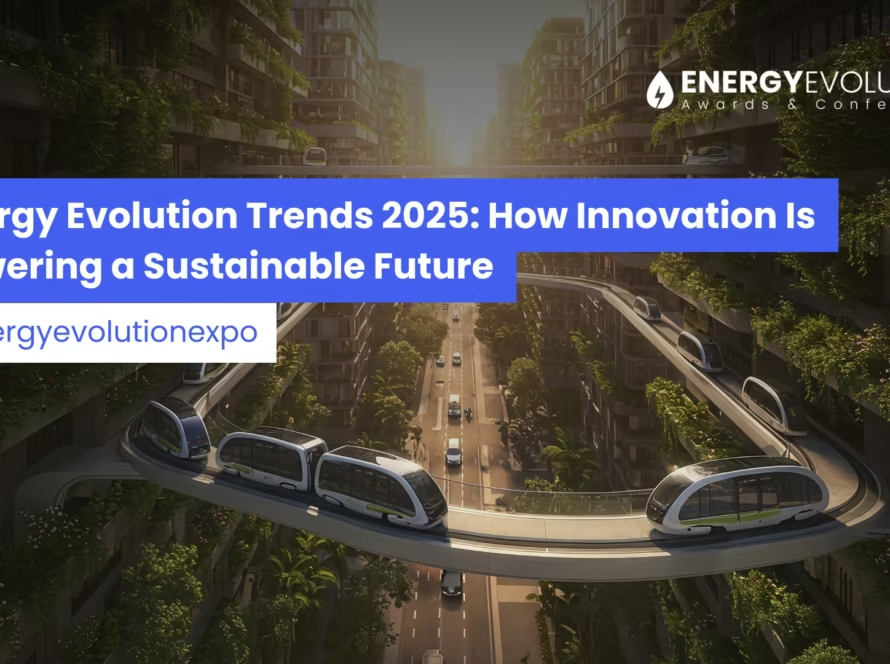Discover key power sector trends shaping 2025 — from decarbonization and digital grids to smart energy infrastructure driving a sustainable future. The global power sector in 2025 stands at a transformative crossroads — driven by the dual forces of decarbonization and digital transformation. The year marks a decisive shift toward a sustainable energy infrastructure designed to meet surging electricity demand while minimizing environmental impact.
The Decarbonization Drive
Renewable energy deployment is accelerating worldwide, led by solar, wind, and hydrogen technologies. Complemented by advancements in energy storage, grid modernization, and smart grid systems, these innovations are reshaping electricity generation and distribution into cleaner, more flexible, and reliable networks.
Decentralization and Distributed Energy
A defining shift is the move from centralized power plants to distributed generation models, bringing production closer to consumption. This decentralization reduces transmission losses and enhances grid resilience. Distributed energy resources (DERs) — including rooftop solar, community microgrids, and small-scale wind projects — are proliferating globally, supported by intelligent grid management and local energy trading platforms.
The Digital Energy Revolution
Digitization is redefining grid operations. AI, IoT sensors, and predictive analytics now allow real-time monitoring, fault detection, and load forecasting. Through demand response programs, consumers actively contribute to balancing energy demand by shifting usage patterns — a critical step toward a smarter and more efficient energy ecosystem.
Power-to-X: Unlocking Cross-Sector Flexibility
Power-to-X (P2X) technologies are gaining traction as innovative solutions to convert excess renewable power into hydrogen, synthetic fuels, or chemicals. These enable deeper decarbonization of hard-to-abate sectors like transport and heavy industry, promoting cross-sectoral energy integration.
Building the Backbone: Modern Grids and Interconnectors
Massive investments in transmission and distribution are underway to connect remote renewable hubs to consumption centers. High-voltage direct current (HVDC) systems and enhanced interconnectors are improving energy balancing across regions, fostering cross-border power trade and market integration.
Global Examples Leading the Way
Dubai’s Clean Energy Strategy 2050 focuses on solar and wind expansion, backed by smart grid and storage innovations to achieve a green electricity ecosystem.
Europe’s Continental Synchronous Area demonstrates how interconnected grids enhance flexibility and renewable integration.
Across Asia, large-scale offshore wind projects and decentralized power systems are driving regional energy diversification.
The Road Ahead: Energy Evolution 2026
The upcoming Energy Evolution Awards & Conference 2026, scheduled for February 2026 in Dubai— will spotlight these transformative trends. The event will gather global energy producers, policymakers, and innovators to discuss clean energy deployment, grid modernization, and storage solutions shaping the next phase of the energy revolution.
The Awards will honor excellence in renewable innovation, smart infrastructure, and sustainability leadership, helping participants align with the fast-evolving future of the global power industry.
Conclusion
The power sector in 2025 marks a turning point toward a cleaner and smarter energy future. Insights from Ember’s Global Electricity Review 2025 and the European Commission’s Digitalization of the energy system highlight how renewables, energy storage, and digital technologies are driving decarbonization and resilience. As nations modernize their grids and embrace data-driven innovation, the focus is clear — building a sustainable energy infrastructure that supports reliable, efficient, and low-carbon power systems for the future.




